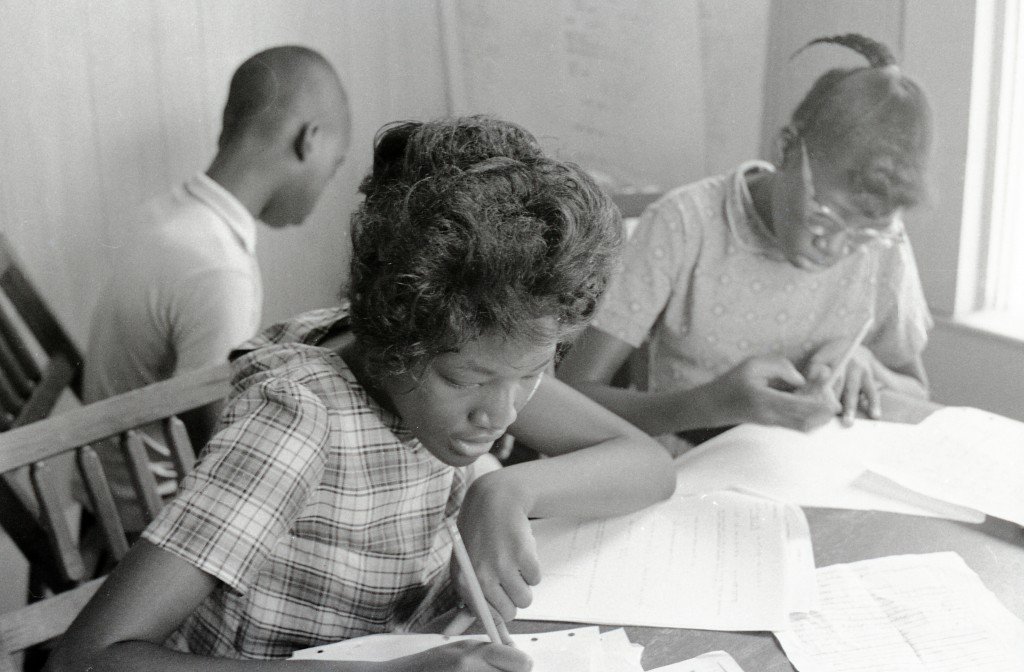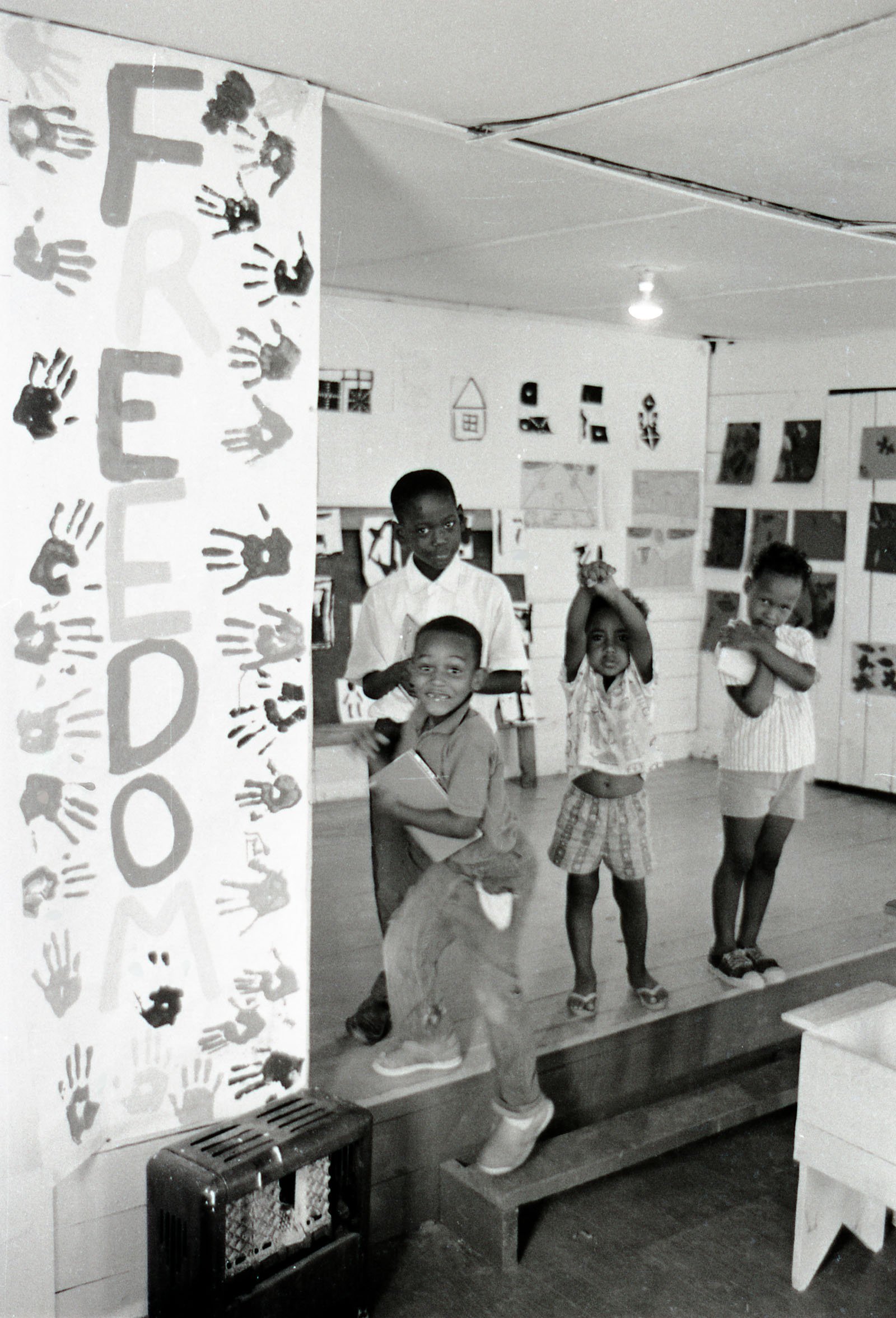Freedom Schooling
_
Some Black Northerners had access to education, but they often did not have control of the schools they attended, such as the New York African Free School. They also often had to fight against racist treatment and curricula.
In the South, the laws made it impossible for enslaved Black people to legally obtain an education, but they resisted by educating themselves secretly. Education was a pathway to freedom as it allowed them to understand, resist, and dream beyond their oppression.
What would have been the benefit of being able to read and write for an enslaved African?
Many formerly enslaved Black Southerners pressured the Southern states for universal public education after the Civil War. During Reconstruction,
Many formerly enslaved Black Southerners pressured the Southern states for universal public education after the Civil War. During Reconstruction, public education expanded in the South as a result of Black activism, which also benefited working class white Southerners who didn’t have access to education before.
At first, many schools were integrated, but then white Southerners (with Northern support) established Jim Crow laws to deny resources and access to quality education for formerly enslaved Black Southerners. However, Black teachers worked to provide the best education they could for their students.
In the North, Black activists successfully fought many school segregation laws at the state level, but most school systems found other ways to preserve separate and unequal education.
Why would working-class white people who benefitted from Black activism support the establishment of anti-Black Jim Crow laws?
In the early 20th century, as Black people moved to the North from the South, segregation got worse in the North. Black people from around the African diaspora organized together to imagine Black freedom beyond the boundaries of the United States. Movements for Black civil and human rights grew in response to the Jim Crow laws in the South, segregation in the North, and the long struggle against European colonization.
Black activists continued to debate different strategies to achieve education for freedom. Who should control the education of Black children? Who should teach Black children? What should they learn? Who should be their classmates? Some, like followers of Marcus Garvey and members of the Nation of Islam, favored all-Black independent schools, while others worked to address racism in the public school system.
What are the advantages and disadvantages of seeking racial justice in public vs. independent schools?
In the 60’s, Northern Cities organized school boycotts to protest the persistence of segregated schooling after Brown vs. Board Education.
Black activists created Freedom Schools as an alternative space for students during the school boycotts. In the summer of 1964, the Student Nonviolent Coordinating Committee (SNCC) used these models to create Freedom Schools in Mississippi.SNCC Freedom Schools provided Black students with basic reading, writing, and math skills to find alternatives to the segregated white supremacist society. Students were encouraged to challenge the racist myths of society, be creative, be empowered by their history, and organize actions in the name of freedom.
How does your school compare to SNCC Freedom Schools?
The history of Freedom Schools allows us to see alternatives to schooling today. Because of their legacy, we know it’s possible for schooling to empower us with the tools to intervene in our oppression by nourishing intellectual curiosity and critical thinking.
-
Examination Days: The New York African Free School Collection. https://www.nyhistory.org/web/africanfreeschool/ Moss, Hilary J. 2009.
Schooling Citizens: The Struggle for African American Education in Antebellum America. University of Chicago Press. Anderson, James D. 1988. The
Education of Blacks in the South, 1860-1935. Chapel Hill, N.C: University of North Carolina Press. Du Bois, W. E. B. 1998. Black Reconstruction in America, 1860-1880. New York, NY: Free Press.
Douglas, Davison. 2005. Jim Crow Moves North: The Battle over Northern School Segregation, 1865-1954. Cambridge University Press.
Blain, Keisha N. 2018. Set the World on Fire: Black Nationalist Women and the Global Struggle for Freedom. University of Pennsylvania Press.
Russell John. 2016. We Are an African People: Independent Education, Black Power, and the Radical Imagination. New York, NY: Oxford University Press.
Payne, Charles M., and Carol Sills Strickland, eds. 2008. Teach Freedom: Education for Liberation in the African-American Tradition. New York: Teachers College Press.









